Summary

Big Burly Neighbor
by Erin Havoc
When I danced in my living room, I thought nobody could see me.
Turns out I was being watched.
Zion is two heads taller than me, built as a truck.
And he doesn’t look at me twice.
Or so I thought, because I find out he’s been watching me.
He thinks this is wrong. That he’s too old for me.
But one look from him and my legs turn to jelly.
I don’t care about age. All I want is a chance.
We’re not alone in this, though…
Because there is someone else watching.
.
Read
Big Burly Neighbor on http://kissnovel.net
Martial Peak Reviews
Erin Havoc’s Big Burly Neighbor is a captivating exploration of desire, age gaps, and the complexities of human relationships, all wrapped in a narrative that is both playful and poignant. The story centers around the protagonist, a young woman whose innocent moments of dancing in her living room become the catalyst for a deeper connection with her enigmatic neighbor, Zion. The blurb tantalizingly hints at the dynamics of their relationship, setting the stage for a tale that is as much about self-discovery as it is about romance.
The novel opens with a relatable premise: the joy of dancing freely in one’s own space, a moment of pure self-expression. However, this joy is quickly complicated by the realization that someone has been watching. This theme of observation runs throughout the book, creating a sense of tension and anticipation. Zion, described as “two heads taller” and “built as a truck,” embodies the archetype of the strong, silent type. His initial indifference towards the protagonist adds layers to his character, making readers question his motivations and feelings. This dynamic is reminiscent of other works in the genre, such as The Hating Game by Sally Thorne, where the tension between characters is palpable and drives the narrative forward.
One of the most compelling aspects of Big Burly Neighbor is the character development. The protagonist is not merely a passive observer in her own life; she is a vibrant character with her own desires and insecurities. Her attraction to Zion is immediate and visceral, described in a way that makes readers feel her longing. Havoc skillfully captures the essence of infatuation, portraying the protagonist’s internal struggle as she grapples with the age difference and societal expectations. Zion’s reluctance to pursue a relationship due to his perceived age gap adds depth to his character, showcasing his protective instincts and moral compass. This internal conflict makes him more relatable and human, allowing readers to empathize with both characters.
The theme of age disparity is handled with sensitivity and nuance. While Zion initially believes he is “too old” for the protagonist, the narrative challenges this notion by emphasizing emotional maturity over chronological age. This theme resonates with contemporary discussions about relationships, making the story relevant to modern readers. Havoc does not shy away from exploring the complexities of attraction and consent, ensuring that the relationship develops organically rather than falling into clichéd tropes. The tension between desire and societal norms creates a rich backdrop for the characters’ journey, making their eventual connection feel earned and authentic.
Another layer of intrigue is introduced with the mention of “someone else watching.” This subplot adds an element of suspense and mystery, propelling the narrative forward and keeping readers engaged. It raises questions about privacy, boundaries, and the nature of desire. The presence of a third party complicates the relationship between Zion and the protagonist, forcing them to confront their feelings in a more public and vulnerable way. This element of the story is reminiscent of works like Beautiful Disaster by Jamie McGuire, where external pressures influence the central romance, adding stakes and urgency to the characters’ decisions.
Havoc’s writing style is both engaging and evocative, drawing readers into the emotional landscape of the characters. Her use of descriptive language paints vivid images of the protagonist’s experiences, from the thrill of dancing alone to the electrifying moments shared with Zion. The dialogue is sharp and realistic, capturing the nuances of their interactions and the tension that simmers beneath the surface. The pacing of the story is well-balanced, allowing for moments of introspection alongside the more intense scenes of connection and conflict.
Moreover, the setting plays a crucial role in the narrative. The intimate backdrop of their shared living spaces creates a sense of closeness and familiarity, enhancing the romantic tension. Havoc effectively uses the physical environment to mirror the emotional states of her characters, making the setting an integral part of the storytelling. This technique is reminiscent of authors like Colleen Hoover, who masterfully intertwine setting and character development to enrich the narrative.
Ultimately, Big Burly Neighbor is a story about breaking down barriers—both personal and societal. It challenges readers to reconsider their perceptions of love, attraction, and the complexities of human connection. The journey of the protagonist and Zion is not just about romance; it is also about self-acceptance and the courage to pursue what one truly desires, regardless of external judgments. Havoc’s ability to weave these themes into a compelling narrative makes this book a standout in the contemporary romance genre.
In conclusion, Erin Havoc’s Big Burly Neighbor is a beautifully crafted tale that resonates with readers on multiple levels. With its rich character development, engaging plot, and exploration of relevant themes, it is a must-read for anyone who enjoys romance that challenges conventions. Whether you are a fan of age-gap romances or simply looking for a story that delves into the intricacies of desire and connection, this book is sure to leave a lasting impression.








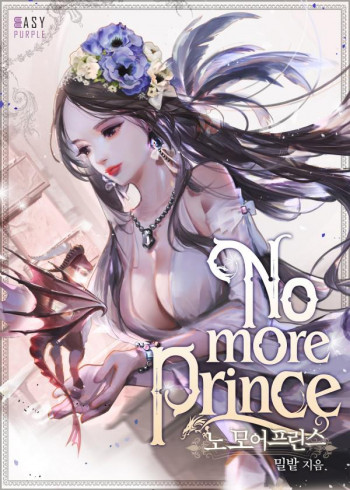



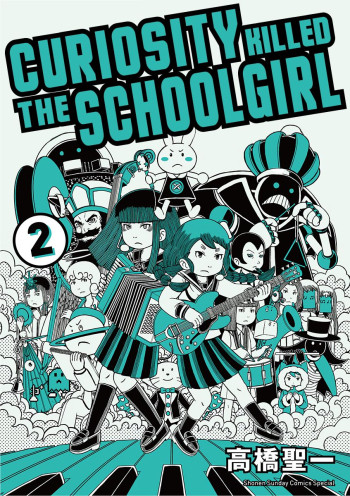


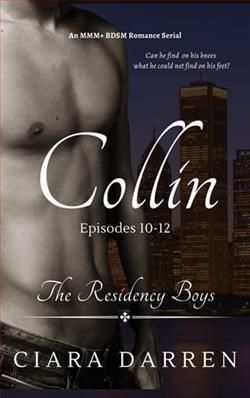

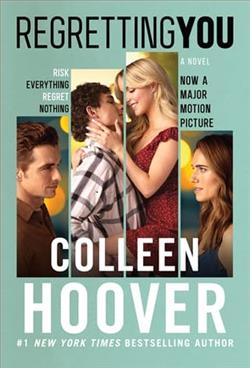
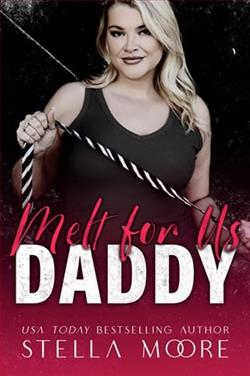





Reviews 0
Post a Reviews: